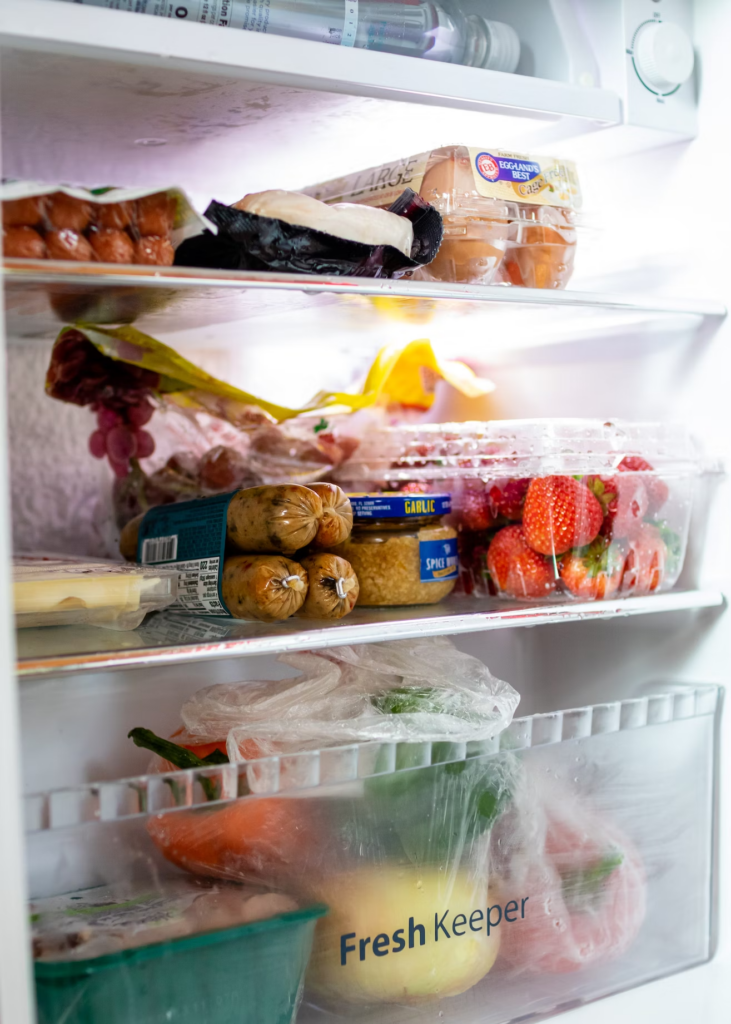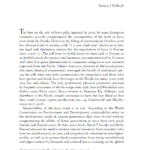
Kava drinkers often ask, “How long can I keep my kava in the fridge?” This question has intrigued many enthusiasts of the traditional Pacific Island beverage, leading to various opinions and practices regarding the preservation of this traditional beverage. Luckily, a study by researchers at the University of Hawaii at Moana has tackled this question, providing valuable insights into the preservation of kava.
The Study’s Objective
The researchers embarked on a comprehensive study, collecting samples of both fresh and dry beverages from various bars in Honolulu. Their primary goal was to quantify and identify bacterial growth, a concern that has long been associated with food and beverage storage. This was a significant undertaking, as the popularity of kava has led to increased interest in understanding its properties, including how it can be stored safely a bit longer without degrading flavors and characteristics.
Methodology
The methodology of the study was meticulous. The researchers refrigerated the samples and checked them after 0, 3, and 6 days. Through this process, they discovered different types of bacteria, yeasts, and mold in the various samples. While they found a variety of microorganisms, they mainly focused on Pseudomonas Spp bacteria, known to be the main cause of food spoilage in fresh foods stored in aerobic refrigerated conditions, and lactic acid bacteria (LAB).
Findings
The findings were both enlightening and concerning. The study found that when kava is left uncovered in the fridge, the bacteria group Pseudomonas, lactic acid bacteria (LAB), yeast, and mold can increase considerably. LAB was identified as possibly responsible for fermenting carbohydrates into lactic acid, a process that increases the acidity of kava and gives it a sour flavor. This change in flavor can be off-putting to many drinkers, altering the traditional taste they seek.
Furthermore, yeast and molds also increased significantly over the 6-day period in refrigeration, contributing to spoilage. This growth was not only a matter of taste but also raised questions about the long-held belief that the drink had widely-ranged antimicrobial properties.
Positive Insights on Kava
One positive finding from the study was the suggestion that vacuum sealing the container could prevent some spoilage caused by Pseudomonas bacteria by removing oxygen. This practical advice offers a solution for those looking to preserve their beverages for an extended period (several days) without significant deterioration in bacterial content. However, it should be known that starch may degrade and cause changes to viscosity and texture over time, regardless of bacterial content.
Conclusion and Implications
When stored in the fridge, kava still has a limited shelf life. It was once believed that kava had widely-ranged antimicrobial properties, but this study suggests otherwise. Testing conducted at 0, 3, and 6-day intervals showed an increase in bacteria, yeast, and mold counts, which can cause food spoilage. While none of the levels were unsafe after 6 days, the taste and smell of the kava deteriorated significantly.
The study’s findings serve as a guide for kava enthusiasts, shedding light on proper storage techniques and debunking some myths about the beverage’s preservation. Vacuum sealing appears to be a viable method to maintain the bacteriological quality of kava, ensuring that the traditional safety and experience are preserved.
In conclusion, the University of Hawaii at Moana’s study provides essential insights for kava drinkers, offering practical solutions for storage and preservation. It emphasizes the importance of proper storage techniques and highlights the potential risks associated with improper handling. By following the guidelines provided by this research, kava enthusiasts can enjoy their favorite beverage without compromising its quality, taste, or safety.
Reference: Dong, J., P. Kandukuru, A. S. Huang, and Y. Li. 2011. “PCR-DGGE Analysis of Bacterial Community Dynamics in Kava Beverages during Refrigeration.” Letters in Applied Microbiology 53 (1): 30–34. https://sci-hub.se/10.1111/j.1472-765X.2011.03065.x



